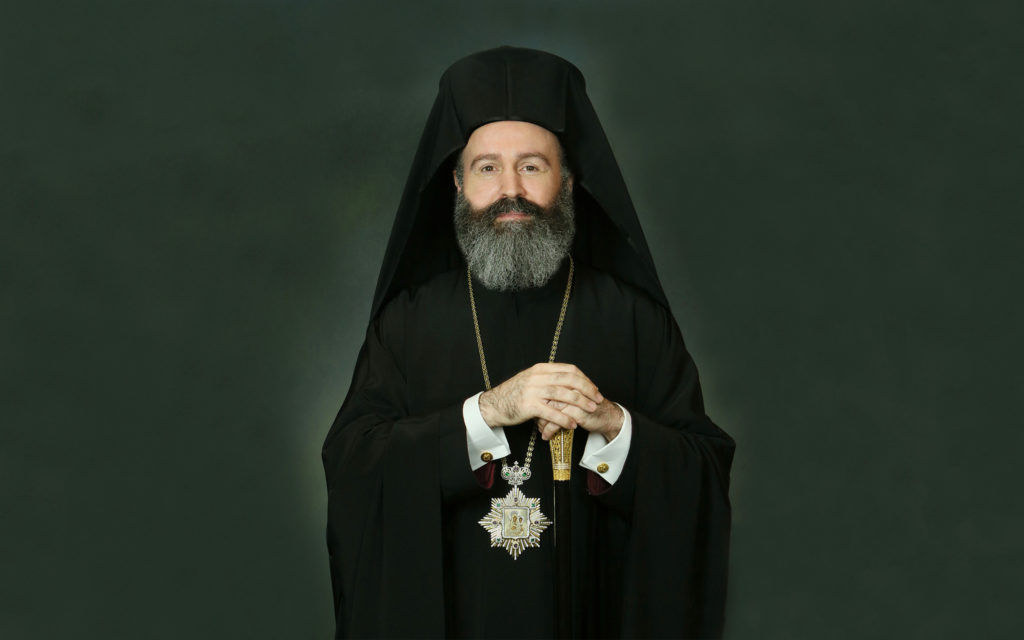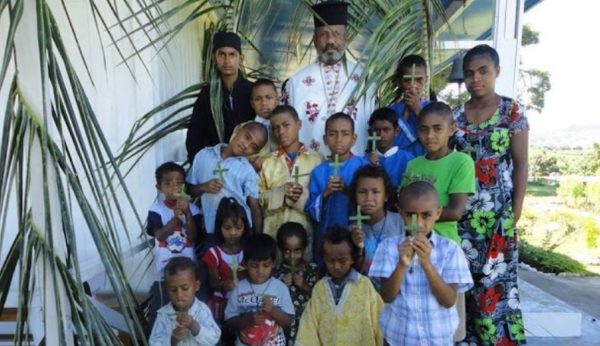The Orthodox Priest – photo journal from the Presentation of the Lord (with audio)
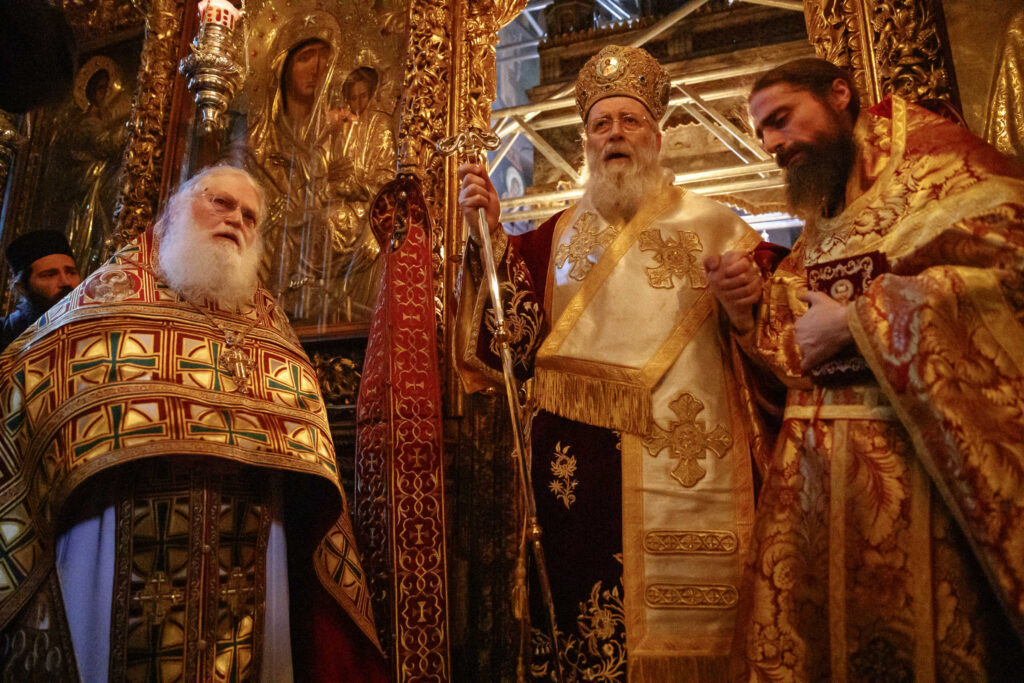
Etymology
The orthodox priest is the presbyter from the Bible. Presbyter is, in the Bible, a synonym for bishop (episkopos), referring to a leader in local Church congregations. In modern usage, it is distinct from bishop and synonymous with priest. Its literal meaning in Greek (presbyteros) is “elder.”
The orthodox priest: ordination, social status
Through the sacrament of holy orders, an ordination to priesthood is performed by the bishop. But this requires the consent of the whole people of God, so at a point in the service, the congregation acclaim the ordination by shouting Axios! (He is worthy!)
Orthodox priests consist of both married clergymen and celibate clergymen. In the Orthodox Church a married man may be ordained to the priesthood. His marriage, however, must be the first for both him and his wife. He may not remarry and continue in his ministry even if his wife should die.
If a single, or unmarried, or celibate, man is ordained, he must remain celibate to retain his service. A celibate priest is not necessarily the same as that of clergymen who are monastics, as celibacy does not automatically entail monasticism, though Orthodox monasticism does denote a call to celibacy. A priest-monk is called a hieromonk.
History
The earliest organization of the Christian churches in Palestine was similar to that of Jewish synagogues, who were governed by a council of elders (presbyteroi). In Acts 11:30 and 15:22, we see this collegiate system of government in Jerusalem, and in Acts 14:23, the Apostle Paul ordains elders in the churches he founded. Initially, these presbyters were apparently identical with the overseers (episkopoi, i.e., bishops), as such passages as Acts 20:17 and Titus 1:5,7 indicate, and the terms were interchangeable.
The orthodox priest: vestments
The full vestments of the orthodox priest are the sticharion, the epitrachili (stole), the belt, the epimanikia (cuffs), and the phelonion – when not serving at Liturgy, a priest may wear fewer vestments, but at least his stole.
The sticharion is a long-sleeved tunic, worn by all degrees of clergy, that reaches all the way to the ground. It reminds the wearer that the grace of the Holy Spirit covers him as with a garment of salvation and joy. It has sleeves that are designed to be tucked under the cuffs, unlike those of deacons (and minor orders) which are heavier and designed to be worn over the cuffs.
The epitrachili (stole – lit. ‘around the neck’) is the principal vestment of a priest, and without it he cannot serve.
The epimanikia (cuffs) are worn around the wrists, tied by a long cord, and are also worn by bishops and deacons. They serve the practical purpose of keeping the inner garments out of the way during the services. They also remind the wearer that he serves not by his own strength but with the help of God.
The orthodox priest’s ministers
An orthodox priest ministers to the people of God in the stead of the bishop. This includes:
- Celebrating the Divine Liturgy;
- Celebrating services of the daily cycle (e.g. matins, vespers, etc);
- Celebrating baptisms, marriages, funerals and any sacraments of the Church.
- Also, usually, a priest will hear confessions. In some jurisdictions, this is allowable immediately; in others, being a confessor is something a bishop invites a priest to undertake.
The photos are from the feast of the Presentation of the Lord at the Vatoped Monastery, Mount Athos where a deacon was ordained as priest by Metropolitan Joseph of Prikonisou. On the right sang the “Filathonites” Choir and on the left the parents from Vatopedi led by Prof. Dr. Georgios Konstantinou.
Also, below you will find some live audio recordings from the feast.
View more photos HERE
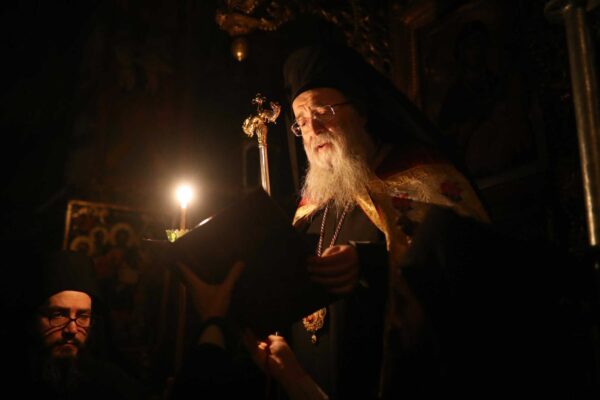
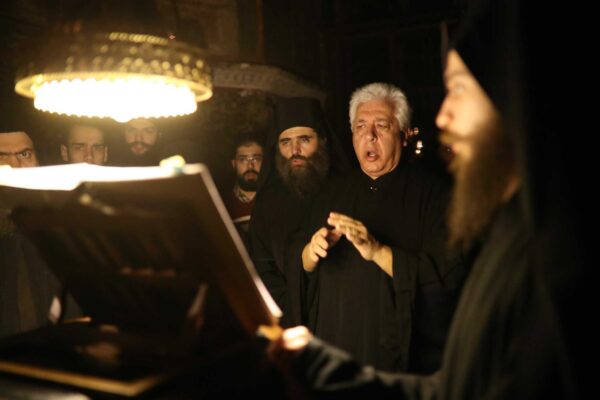
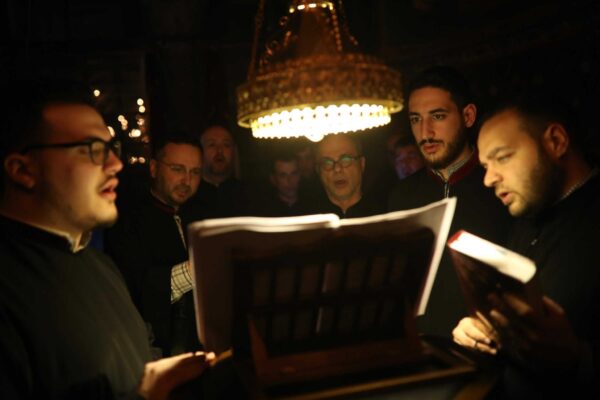
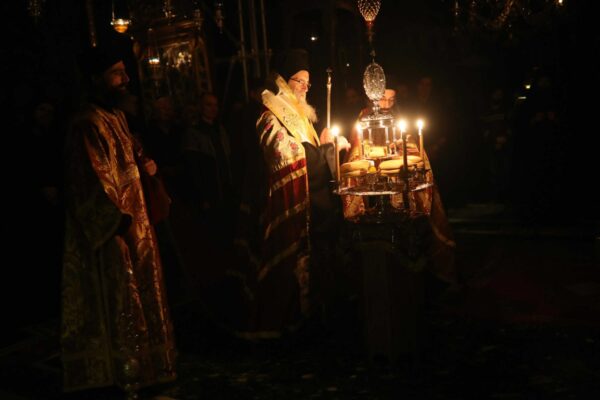
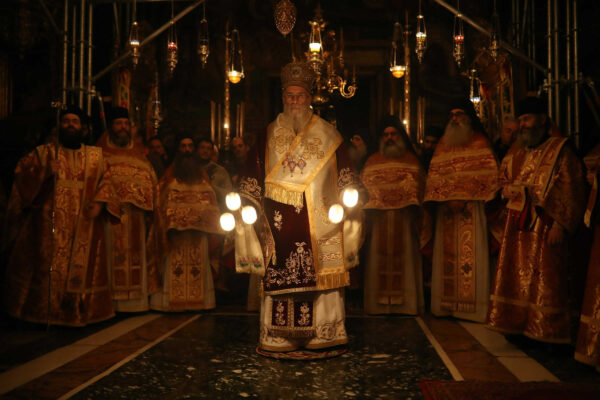
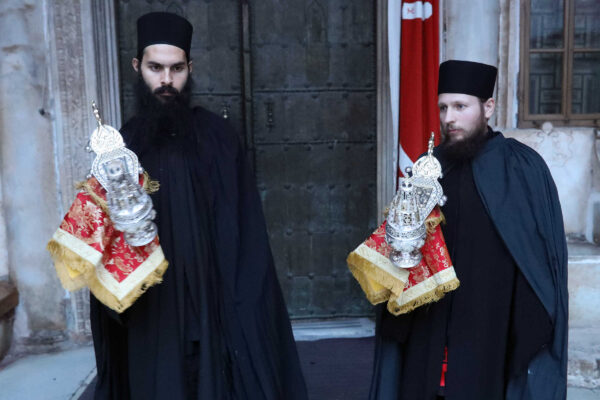
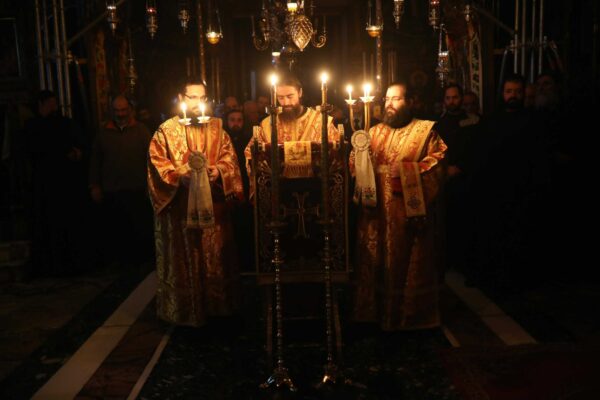
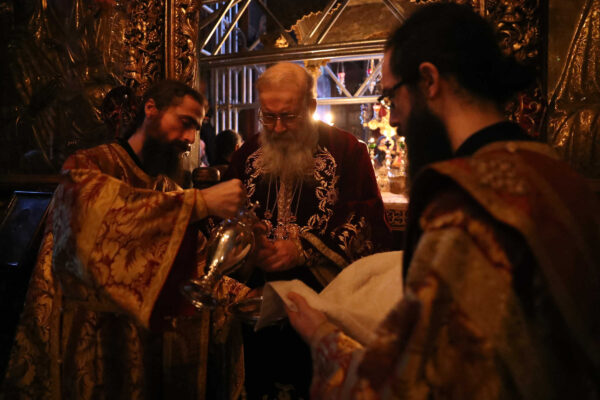
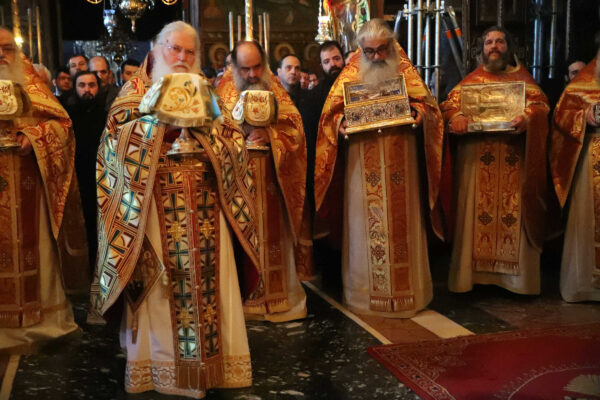
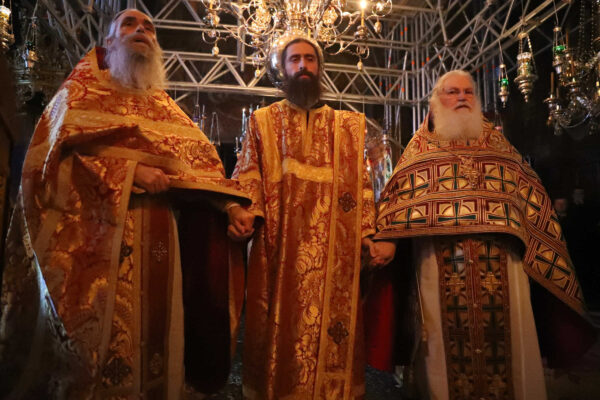
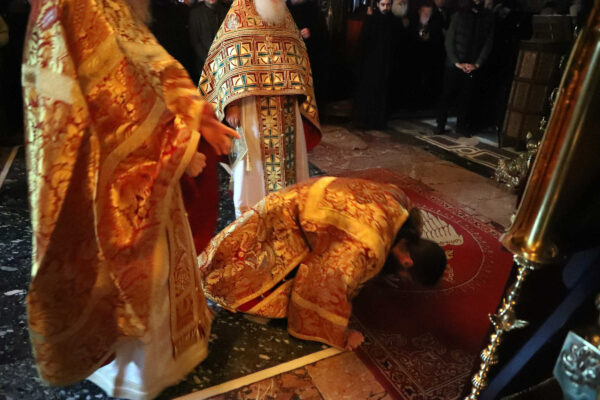
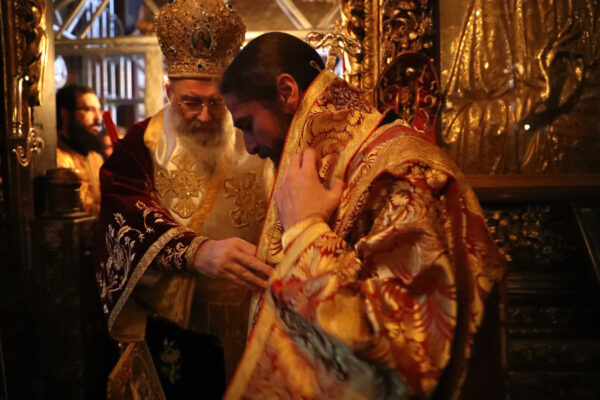
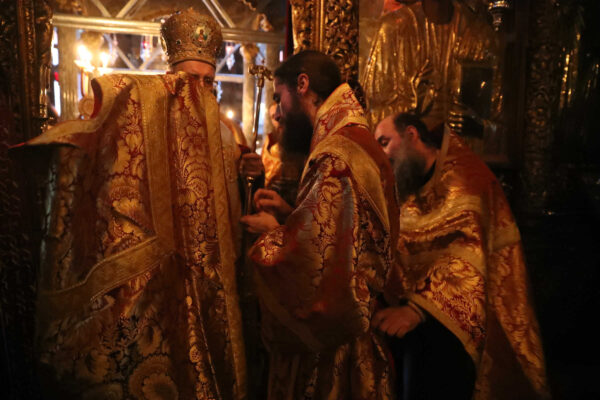
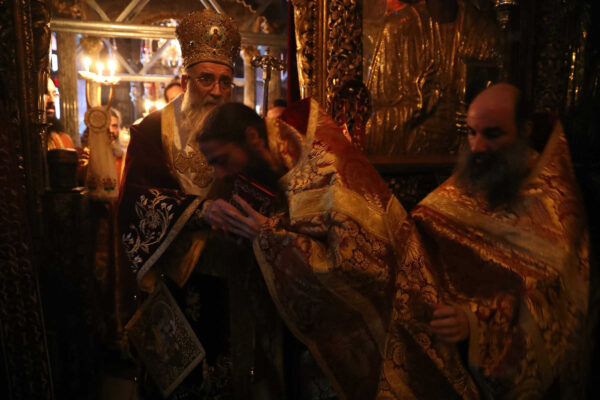
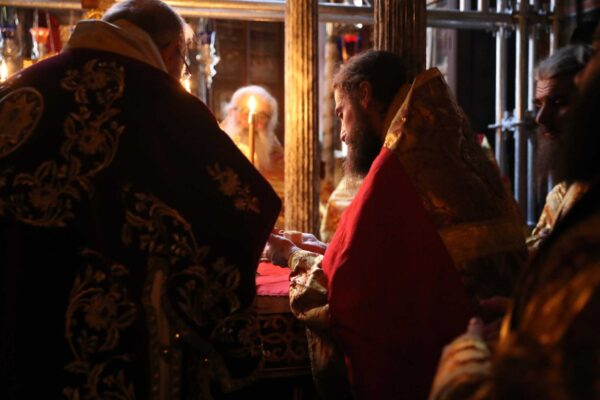
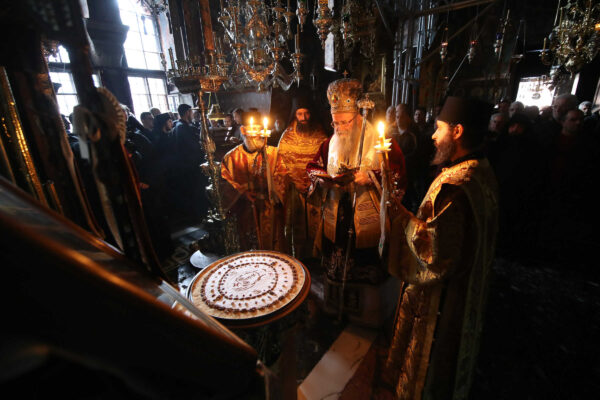
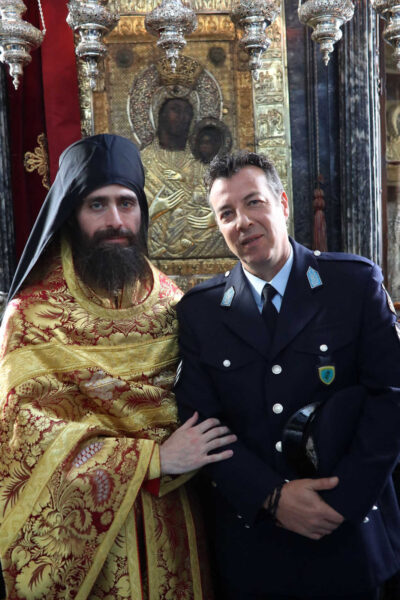
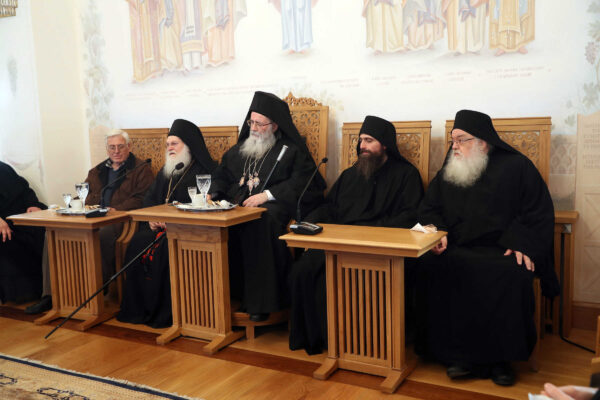
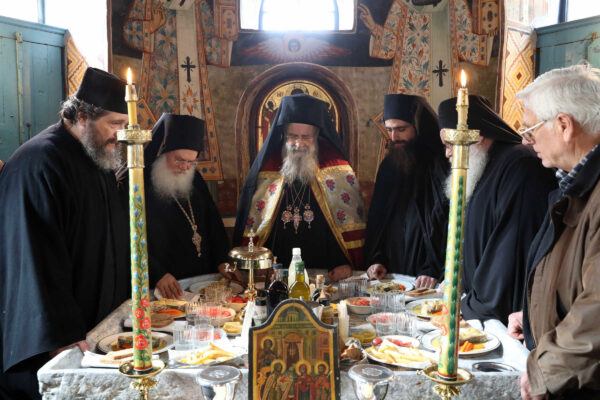
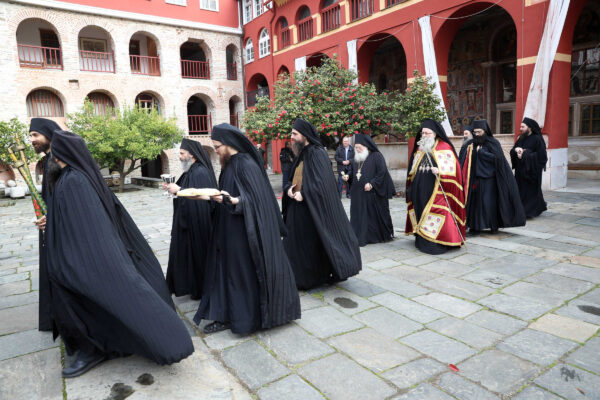
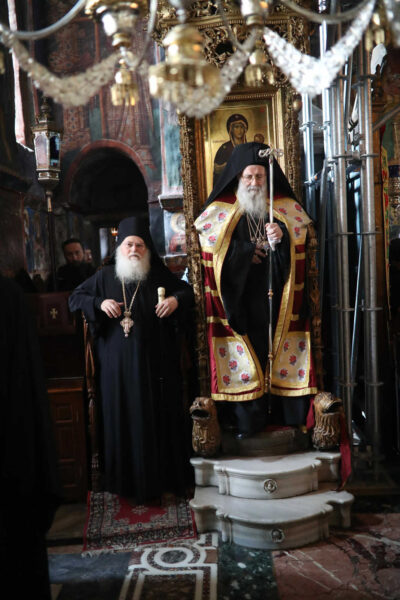
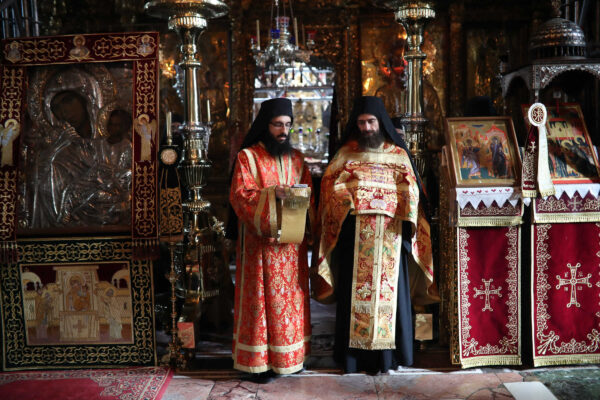
— Source: asceticexperience.com
H αναδημοσίευση του παραπάνω άρθρου ή μέρους του επιτρέπεται μόνο αν αναφέρεται ως πηγή το ORTHODOXIANEWSAGENCY.GR με ενεργό σύνδεσμο στην εν λόγω καταχώρηση.
Ακολούθησε το ORTHODOXIANEWSAGENCY.gr στο Google News και μάθε πρώτος όλες τις ειδήσεις.









